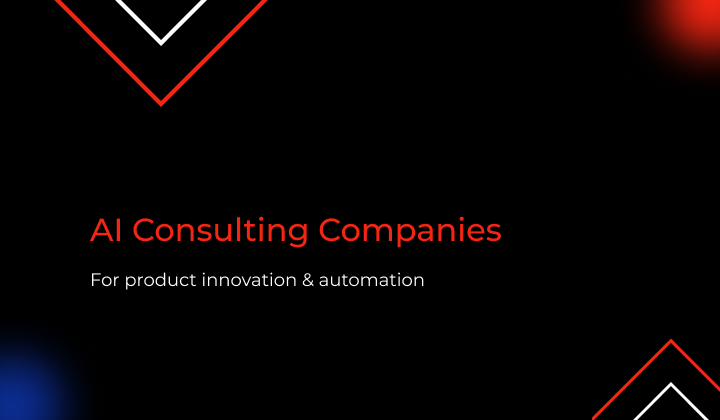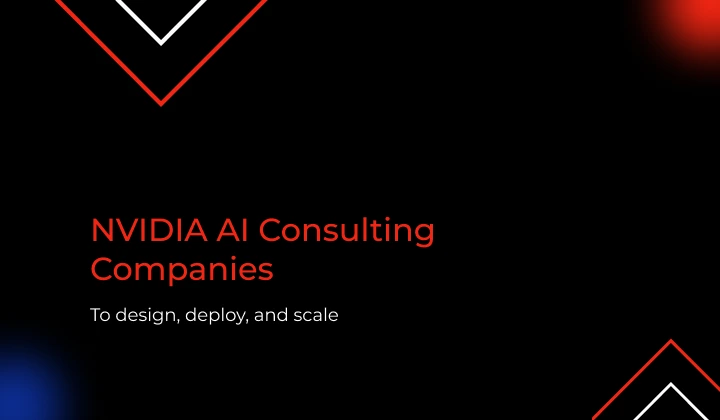What’s Fine-Tuning?
Fine-tuning is the process of adapting a pre-trained language model to perform well on a specific task or dataset.
Imagine you’ve got a model that’s already learned general language patterns and you now want it to be an expert in a particular field, like AI.
Fine-tuning helps achieve that by training the model on a more focused dataset.
Preparing Your Dataset
1. Gathering Relevant Data
Start by collecting data that’s rich in AI content.
This might include research papers, technical articles, textbooks, or curated Q&A pairs related to AI concepts.
For anyone looking to enhance their work, there are many AI Tools for research that can aid in data analysis,
2. Data Quality
High-quality data is crucial.
Ensure your dataset is accurate and free of errors. Inconsistent or outdated information can negatively impact the model’s performance.
3. Formatting Data
Structure your data for effective training.
For example, you can format it as input-output pairs where the input is a query about AI, and the output is the desired response.
This structure helps the model learn the correct way to respond to similar queries.




 8 mins
8 mins











 Talk to Our
Consultants
Talk to Our
Consultants Chat with
Our Experts
Chat with
Our Experts Write us
an Email
Write us
an Email







